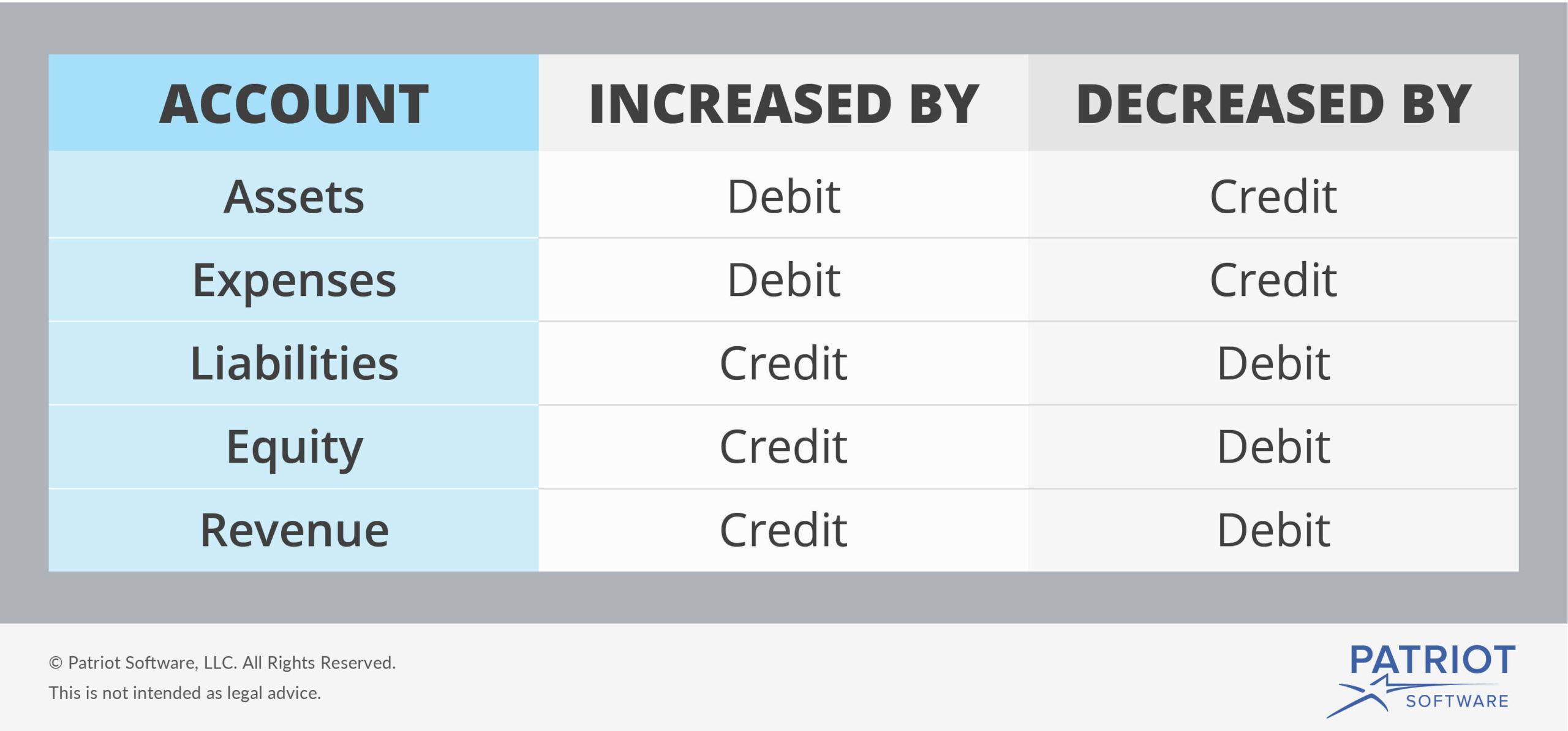
Accumulated Depreciation is a contra-asset account (deducted from an asset account). For contra-asset accounts, the rule is simply the opposite of the rule for assets. Sal records a credit entry to his Loans Payable account (a liability) for $3,000 and debits his Cash account for the same amount. Sal deposits the money directly into his company’s business account. Now it’s time to update his company’s online accounting information.
Accounting for Interest Payable: Definition, Journal Entries, Example, and More
If your business is smaller, a bookkeeping employee may handle accounts payable. At the corporate level, AP refers to short-term payments due to suppliers. The payable is essentially a short-term IOU from one business to another business or entity. The other party would record the transaction as an increase to its accounts receivable in the same amount. Robert Johnson Pvt Ltd needs to determine its accounts payable turnover ratio for 2024. It had an opening accounts payable balance of $500,000 and a closing accounts payable balance of $650,000.
Accounts payable vs. accounts receivable
All accounting transactions are noted in the general ledger as a journal entry. The transactions are noted as debit, i.e., money going out of the company, or credit, i.e., money coming into the company. The accounts payable department also works to reduce costs by developing strategies to save a business money. operations management basics For example, paying an invoice within a discount period that many vendors provide. Review your systems for managing accounts payable and use technology to automate the process. Use QuickBooks accounting software to scan invoices, post payables into your accounting system, and pay invoices electronically.
Debit and Credit
The accounts payable process starts with a purchase order from the business to the supplier. The supplier then sends the goods with a delivery note together with an invoice. On receipt, the goods are checked against the purchase order which is then matched to the invoice.

Submit to get your retirement-readiness report.
- This means it helps you to minimize late payment costs, such as interest charges, penalties, etc.
- For example, when you record a sale, it automatically debits your cash or accounts receivable and credits your revenue account, so you don’t have to do it manually.
- Asset accounts normally have debit balances, while liabilities and capital normally have credit balances.
- Accounts payable account is credited when the company purchases goods or services on credit.
When the item is received, the vendor should include a shipping receipt. To work productively, you need to design an efficient system to manage the payment process. Balance sheet accounts are separated into current and noncurrent accounts. You’ll also need to include certain clauses in the supplier contract relating to penalizing suppliers, this is in case of non-performance or underperformance. Accounts payable are debts in the short-term, so are a short-term liability.
Create a Free Account and Ask Any Financial Question
Whenever a company purchases goods with credit terms, it must credit accounts payable. Whether accounts payable is debit or credit depends on the type of transaction. Because it is a liability, accounts payable is usually a credit when increasing.
Below we’ll define accounts payable and how to set up an effective process for accounts payable management. Management can use AP to manipulate the company’s cash flow to a certain extent. For example, if management wants to increase cash reserves for a certain period, they can extend the time the business takes to pay all outstanding accounts in AP. Since Accounts Payable is a liability account, it should have a credit balance.
In some companies, one specific accountant may be responsible for all accounts payable. In other cases, one accountant is responsible for all of the company’s accounting, AP included. Accounts Payable is sometimes referred to as a current liability account. This is simply in reference to the fact that the account represents the company’s short-term liabilities. It could refer to an account on a company’s general ledger, a department, or a role. Yet, no matter where the term appears, it’s always related to the amount of money a business owes to other entities within a specific timeframe.
